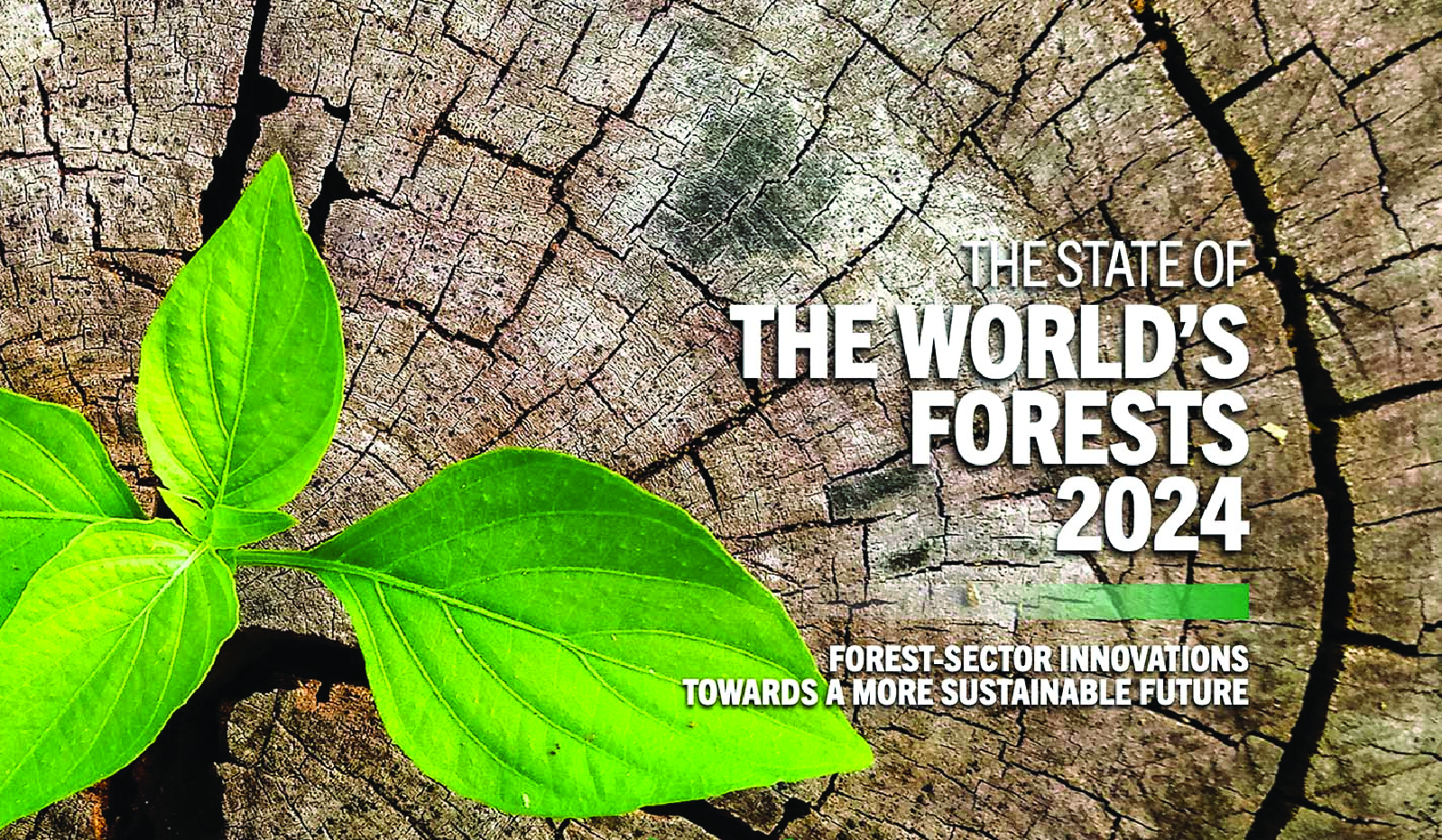Why in the News?
MoEFCC has notified the Van (Sanrakshan Evam Samvardhan) Amendment Rules, 2025 marking significant changes in the Van (Sanrakshan Evam Samvardhan) Rules, 2023.
More on the News
- The rules are made by the Central Government under the Van (Sanrakshan Evam Samvardhan) Adhiniyam, 1980 (Forest Conservation Act 1980).
Major highlights of the Van (Sanrakshan Evam Samvardhan) Amendment Rules, 2025
- Compensatory Afforestation (CA): The new rules make protected forest notification optional, allowing CA land to be either transferred to Forest Department or notified as protected area under Indian Forest Act, 1927 or other laws.
- Compensatory Afforestation means afforestation done in lieu of the diversion of forest land for non-forestry use under the Forest (Conservation) Act, 1980.
- Provision for Critical & Strategic Minerals: Mining of critical/strategic minerals (under MMDR Act, 1957) must undertake Compensatory Afforestation on degraded forest land, minimum double the extent.
- Working Permission: Rules allow state governments to grant initial 'working permission' for linear projects activities such as roadworks (other than blacktopping and concretization), laying railway tracks, and installing transmission lines.
- Previously, state governments could mobilize resources only after receiving in-principle or Stage-I approval for a project.
Evolution of Forest Conservation Act in India
- Indian Forest Act 1865: It merely sought to establish the claims of state to the forests it immediately required, subject to the provision, that existing rights were not abridged.
- Indian Forest Act 1878: Act classified the forests into three – reserved forests, protected forests and village forests.
- It attempted to regulate the collection of forest produce by forest dwellers and some activities declared as offences and imprisonment and fines were imposed in this policy to establish the state control over forests.
- Indian Forest Act of 1927: It was a consolidation of previous forest laws aimed at establishing state control over forests and regulating the movement and duties on forest produce.
- Pre 1980s Era: Before the 42nd Constitutional Amendment of 1976, forests were a state subject, but the amendment transferred them to the Concurrent List.
- Forest Conservation Act 1980: It tried to stop deforestation by centralizing the process of forest land diversion.
- Core Restrictions: No State Government or authority can, without prior approval from the Central Government-
- Dereserve any reserved forest.
- Use any forest land for a non-forest purpose.
- Core Restrictions: No State Government or authority can, without prior approval from the Central Government-
- Forest Conservation amendment act 1988: Amendment prohibited the assignment of forest land on lease to private entities and expanded the definition of activities considered a "non-forest purpose"
- Forest (Conservation) Amendment Act, 2023:
- Definition of forest:
- Land declared or notified as a forest under any law (e.g., Indian Forest Act, 1927).
- Land recorded as forest in Government records (Revenue or Forest Dept.) on or after 25th October 1980.
- This does not include land which has been officially changed from forest use to use for non-forest purposes on or before 1996.
- In 2024, the Supreme Court directed States/UTs to follow the 1996 T.N. Godavarman case definition of "forest" until the identification of forest land under the 2023 Forest (Conservation) Act amendment is completed.
- Categories of land exempted from the provisions of this Act: Land within 100 km of India's border is exempted for projects related to national security, public roads leading to habitations.
- Definition of forest:
T N Godavarman Thirumalpad v. Union of India case (1996)
|
Conclusion
The Van (Sanrakshan Evam Samvardhan) Amendment Rules, 2025, modernize forest governance, clarify approvals, promote afforestation, support strategic projects, and align the Act with national climate, biodiversity, and carbon sink goals.






